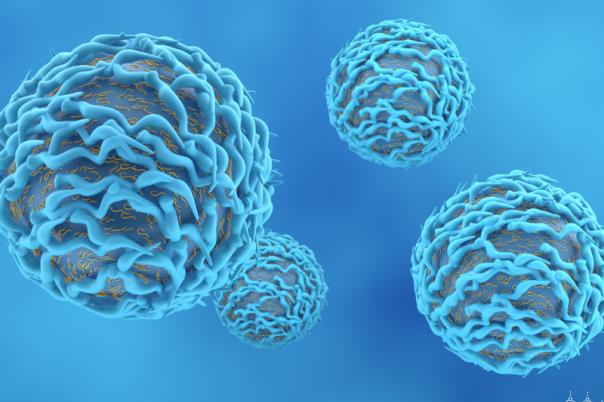Non-alcoholic steatohepatitis (NASH) is the most severe form of non-alcoholic fatty liver disease (NAFLD). The disease is characterised by the progression from fatty liver to inflammation and fibrosis, with significant prevalence in both adults and adolescents in the Western world. NASH disease pathogenesis is unknown, there are no approved therapies, and diagnosis requires an invasive process taking liver biopsies. As such, there is a major unmet medical need for NASH treatments.
In this presentation, Vincent Mikol, Precision Medicine Head at Sanofi, outlined a project from his team which focused on identifying disease progression biomarkers for NASH. The project, named ‘PreciNASH’ was made possible by a collaboration funded by the French government and Sanofi.
Mikol began by stating the objectives of the project. First, PreciNASH aimed to develop a novel non-invasive model to predict NASH and response to therapy, thus stratifying the disease. Second, the team wanted to identify novel pathways, biomarker, target candidates and in-vitro models for NASH. Third, to develop their disease models predicting liver-related morbi-mortality in NASH. And finally, to define and develop new therapeutic targets for the disease in the hopes of discovering new medicines.
The study analysed liver samples from obese patients undergoing bariatric surgery, using various biomarkers including proteins, lipids, and miRNA. Researchers developed scoring functions combining clinical and biological parameters to predict NASH. These scoring functions were validated in independent cohorts, and further validation is ongoing with other cohorts to ensure reliability.
The project included back translation to mouse models to validate biomarkers and develop preclinical models for drug discovery. Researchers performed multiomics analysis on mouse models, including proteomics, metabolomics, and miromics, to ensure they recapitulate human observations.




